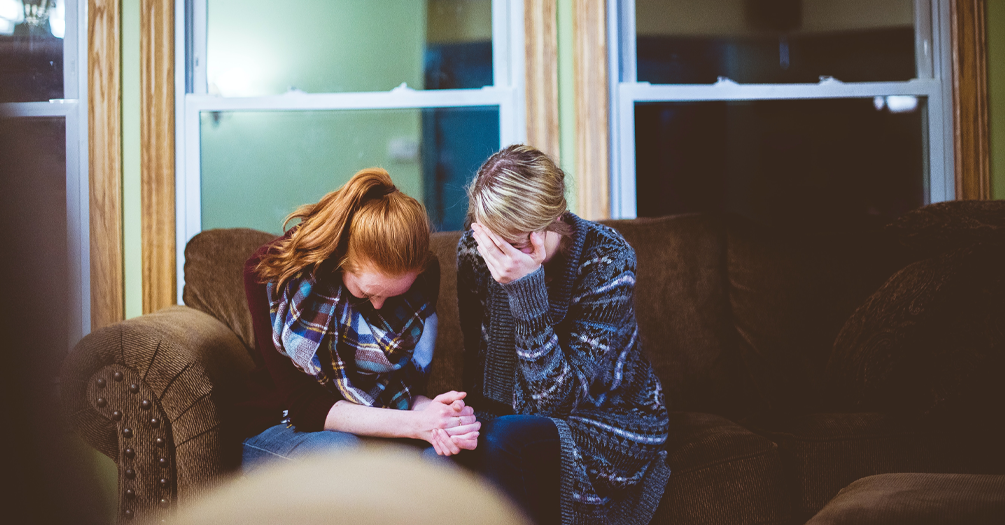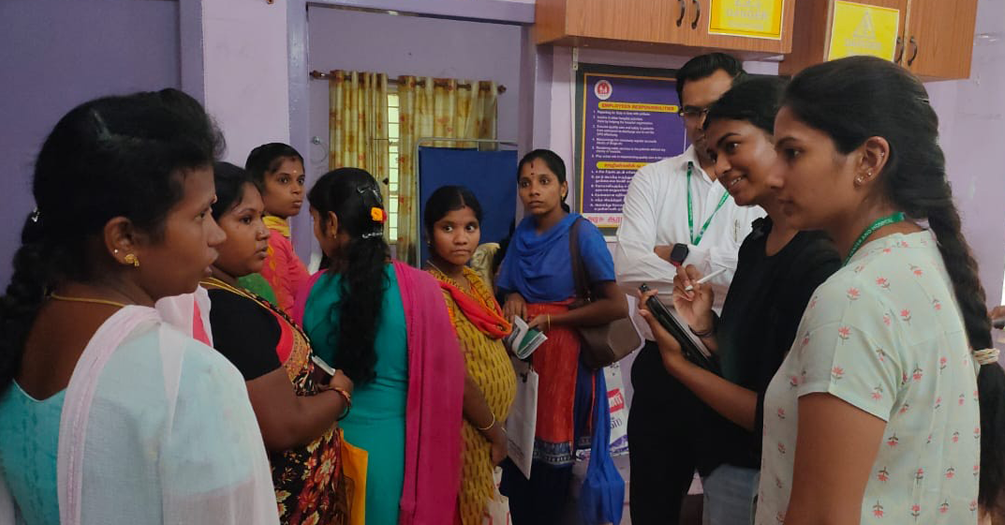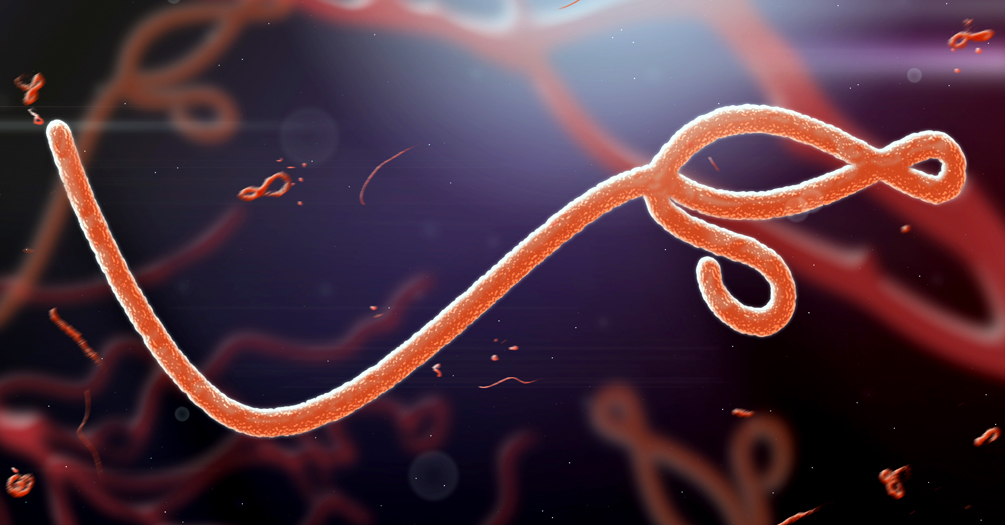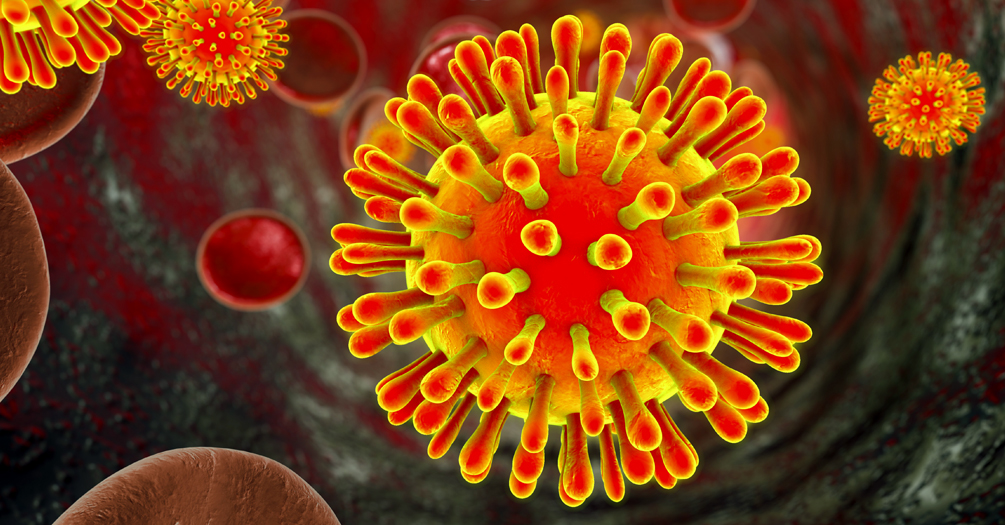
Balancing heritage and health: Significance of culturally tailored dietary recommendations for immigrant communities
Shichi Dhar
For immigrants, food provides a connection to their roots and comfort in a new place. But when chronic conditions like type 2 diabetes require a change in diet, striking a balance between health and heritage becomes a challenge. That’s where culturally tailored dietary guidance comes in.





